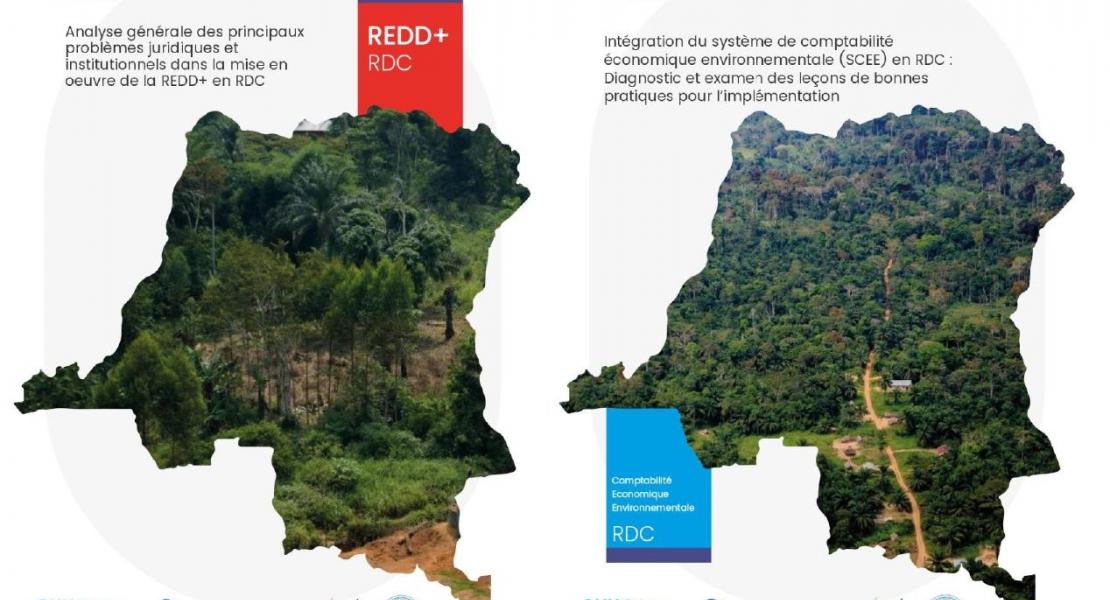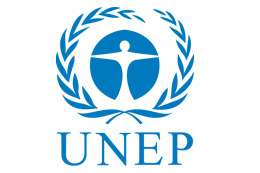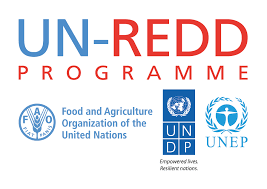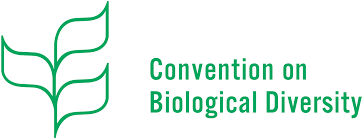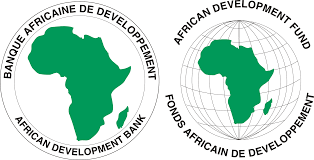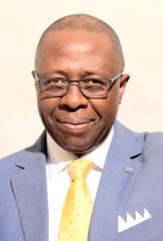
Minister of State, Minister for Planning of the DRC
Sub-Saharan Africa, with a large proportion of its population living below the poverty line, presents a bleak socio-economic picture. Economic growth in per capita gross domestic product has been almost zero. Poor governance and corruption, the weight of the colonial heritage, ethnic diversity, rebellions, political instability, etc,
Since independence, the continent has tried a surprising variety of development strategies: from the more socialist and planful in the 1960s and 1970s to the more liberal in the 1980s and 1990s. These development strategies have not brought the expected results.
What place for nature and the environment in these development strategies? Very limited. Physical and human capital have long been privileged. In the 1950s and 1960s, the aim was to industrialise these countries by building a core of primitive capital and limiting exports. Massive investments in physical capital were made. This was the period of the 'white elephants'.
Today, the question of the place of natural resources and the environment in the development process is coming to the fore.
First, there has been a significant shift in the rhetoric (and promises) of African leaders. Since the early 2000s, sustainable development initiatives have multiplied in Africa. NEPAD2, for example, has included a sustainable development component since 2002.
Secondly, the way in which nature is understood and perceived is also changing. Nature is no longer seen only as a source of raw materials. The forests of the Congo Basin are now being courted not only for their precious timber, but also as carbon stocks, water purifiers and safety nets against climatic and economic hazards. There is a growing awareness of the many links between poverty, development, and natural heritage.
Indeed, traditional economic analysis tools do not allow policy makers to reliably assess the effectiveness of implemented environmental policies or the impact of economic policies on the environment. It is therefore necessary to adopt adequate environmental monitoring and information systems as a basis for policy decisions.
In the systems used so far, the environmental costs - the expenditure needed to maintain the natural resource endowment at the level corresponding to the beginning of the period under consideration - remain mostly excluded from economic analyses, which are based on traditional accounting instruments.
It is on the basis of these accounting systems, even if partially corrected for environmental factors, that the main macro-economic aggregates (such as GDP - gross domestic product - and GNP - gross national product) are still compiled to guide the economic policy choices made by decision-makers at national, supranational, and international levels. In particular, environmental costs remain largely excluded from the perspective of economic analyses based on traditional accounting instruments, i.e., the expenditure required to maintain the natural resource endowment at the level corresponding to the beginning of the period under consideration.
In other words, the concept of sustainability, i.e., the ability of an economic system to keep natural resource endowments intact so as not to jeopardise the well-being of future generations, is not considered at all.
The United Nations Conference on Environment and Development, held in 1992 in Rio de Janeiro, Brazil, called for the establishment of "a programme to create national systems of integrated ecological and economic accounting in all countries". More recently, the outcome document of the United Nations Conference on Sustainable Development (Rio+20 Conference), also held in Rio de Janeiro in 2012, confirmed that "integrated social, economic and environmental data and information
The United Nations Conference on the Environment in Rio de Janeiro marked a decisive turning point by adopting Agenda 21 for sustainable development, which provides - among the actions to be implemented - for the application of environmental accounting in all countries.
The Democratic Republic of Congo is one of the 16 countries in the world qualified as a mega-biodiverse country (high rate of endemism), with an immense territory (234.5 million km2), a surface area of 155.5 million hectares of forests covering almost 67% of the national area. It is among the major producers of coltan, cobalt, diamonds, copper... non-renewable natural resources. But it is classified as a HIPC (Highly Indebted Poor Country). Some areas that used to produce diamonds are no longer so. This leads to rural exodus.
Traditional indicators such as GDP do not provide any information on the depletion of Congo's mineral resources or the loss of thousands of hectares of forest due to deforestation. The contribution of forests and peatlands, biodiversity, wetlands, and agricultural land to ecosystem services is not included in this measure.
In response to this contrast, and in order to support the implementation of the System of Economic and Environmental Accounting in the DRC, the Global Organization of Legislators for a Balanced Environment (GLOBE) - a global organization of national legislators working for the conservation and sustainable management of Natural Capital through law-making and support for good governance, with the support of the United Nations Environment Programme (UNEP) and funding from the Global Environment Facility (GEF), initiated the GEF6 Project "GLOBE Legislators Advancing REDD+ and Natural Capital Governance Towards the Delivery of the 2030 Agenda".
Within the framework of the GEF6 Project, a study was launched by GLOBE. This study, entitled "Integration of the System of Economic and Environmental Accounting (SEEA) in the DRC - Diagnosis and Review of Good Practice Lessons for Implementation", focuses on the state of play of the System of Environmental Economic Accounting (SEEA) in the DRC. It is obvious that, like other developing countries, our country is still very far from fully implementing the SEEA: The legislative framework is not favourable, there is no specific text, the SEEA is not taken into account in the DRC, there is no integration of environmental assets in the national accounts, the SEEA is not known by most of the experts consulted, there is little appropriation of the conclusions of international agreements and of the data produced thanks to international aid, Low awareness among decision-makers and legislators at different levels of the importance of the CESE in decision-making, Slowness of political leaders - particularly the Ministries of Environment, Planning and Finance - to take up the issue of accounting for natural capital.
After an analysis of the legislative gaps and suggestions on how to fill them, a roadmap for the integration of the SEEA into the national accounts in the DRC was developed.
Furthermore, I am convinced that Economic and Environmental Accounting can become one of the main instruments for governance reform at all levels of government because it promotes the continuous pursuit of sustainable development. The instruments traditionally used to plan economic and development policies are not able to identify environmental costs. Continuing to use traditional instruments designed to measure market activities in an economy without natural limits now means denying the possibility of verifying whether we are progressing or regressing on the path to sustainable development.
On this note, I would like to request the appropriation of these recommendations by all parliamentarians, but also a greater involvement of stakeholders, the government of the Republic, technical and financial partners (TFPs), civil society organisations, representatives of local population organisations and indigenous peoples in the execution of the roadmap for an effective implementation of Environmental Economic Accounting in the DRC.
My ministry, together with other sectoral ministries, will spare no effort for the successful implementation of the SEEA in the DRC.
Long live the Democratic Republic of Congo!

